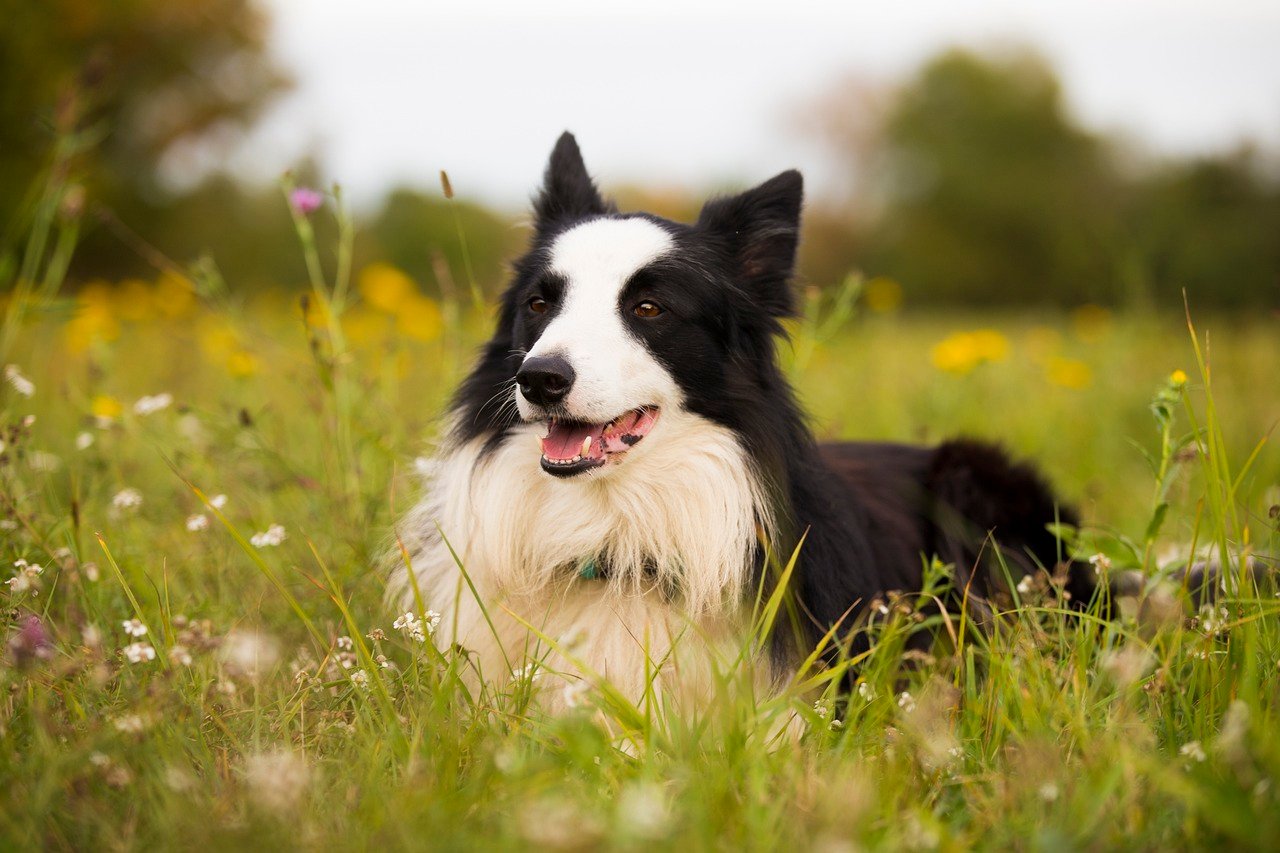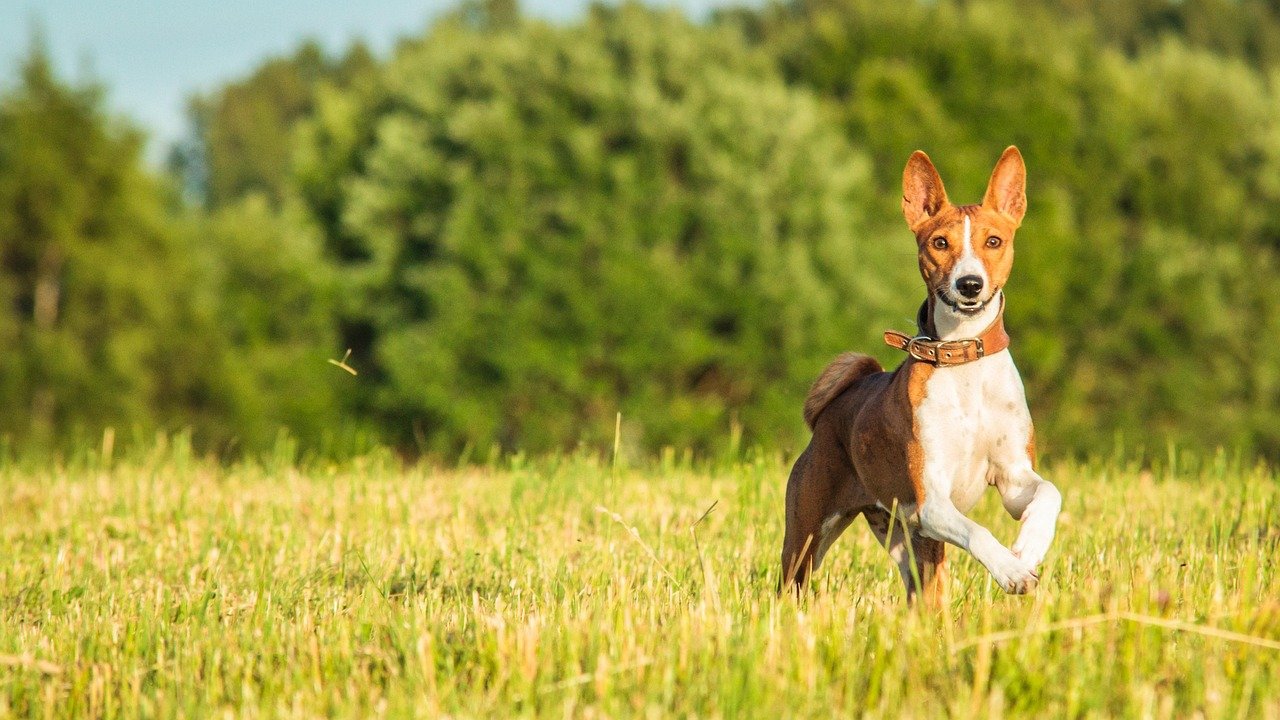Man’s best friend has been stealing hearts for thousands of years, but beneath those wagging tails and slobbery kisses lies a world of fascinating secrets that might just blow your mind. Sure, you know dogs are loyal and loving, but there’s so much more happening behind those expressive eyes than you’d ever imagine. From their incredible biological uniqueness to their surprising intellectual abilities, our four-legged companions continue to astound scientists and pet lovers alike with discoveries that challenge everything we thought we knew about them.
Each Dog’s Nose Print Is As Unique as a Human Fingerprint
Just like your thumbprint can unlock your phone, every single dog walking this planet has their own personal identification system right on the tip of their nose. The pattern of bumps and grooves in the skin, and the shape of the nostrils (called nares), are different for every dog. This incredible biological fact means that no two dogs will ever share the same nose pattern, not even identical twins.
Recent scientific studies have proven this remarkable uniqueness beyond doubt. It was found that the canine nose pattern remains invariant regardless of when the image is taken; and that the canine nose pattern is indeed unique to each dog. Researchers have even discovered that by 2 months of age, the nose print pattern was established, and monthly testing over the first year of their life showed no changes in the pattern.
Dogs Can Tell Time In a Special Way

Your dog doesn’t need a watch to know exactly when dinner should be served or when you’re supposed to come home from work. Circadian rhythm is key in a dog’s relationship with time. Physiological (functioning of the body) changes in the body tell a dog when it is time to wake up, sleep, eat, go to the bathroom, and exercise. It’s like having a built-in biological clock that’s way more reliable than your smartphone alarm.
But here’s where it gets really wild – dogs actually use their incredible sense of smell as a time-telling device. Our dogs use their noses to tell time by monitoring the intensity of a smell. When you leave the house, you leave behind your own personal smell with its own intensity. As the day progresses, your smell fades with each passing hour… Day after day, your dog can identify the intensity of your lingering smell to determine exactly when you should be arriving home from work. That’s basically like having a scent-based stopwatch!
Some Dogs Can Learn Over 1,000 Words

Think your dog only knows “sit,” “stay,” and “treat”? Think again. Border collies have proven that canine intelligence reaches heights that would make some humans jealous. Chaser could identify and retrieve 1,022 toys by name. This incredible achievement wasn’t just a fluke – it was the result of years of dedicated training that revealed the true potential of the canine mind.
Her owner, Wofford psychologist John W. Pilley, got Chaser as a puppy from a breeder and began training her for four to five hours each day. He would show her an item, repeat its name as many as 40 times, then hide it and ask her to fetch it, continuing to repeat the item’s name as she searched for it. In this manner, he taught her the names of one or two new objects each day. What’s even more impressive is that Chaser could understand the difference between object names and commands, showing a level of linguistic comprehension that rivals a young child.
Dogs Were Aboard the Ill-Fated Titanic

When the RMS Titanic set sail on her maiden voyage in April 1912, she carried more than human passengers into history. Several wealthy travelers brought their beloved canine companions aboard, turning the luxury liner into a floating kennel for some of the world’s most pampered pooches. These dogs lived in style, occupying first-class accommodations alongside their affluent owners.
Tragically, most of these four-legged passengers shared the same fate as many humans that cold April night. Only three dogs are confirmed to have survived the disaster – two Pomeranians and one Pekingese, all small enough to be smuggled into lifeboats in their owners’ arms. The larger dogs, including several valuable breeds, were left behind as the “women and children first” rule didn’t extend to our canine friends, making this maritime tragedy even more heartbreaking.
A Barkless Dog Exists

Imagine a dog that almost never barks – it might sound impossible, but the Basenji breed is living proof that nature has its own unique sense of humor. These elegant African hunting dogs are often called “barkless dogs” because they produce an unusual yodel-like sound instead of traditional barking. Their unique vocal cords and larynx structure make them physically incapable of producing the typical “woof” that we associate with dogs.
This doesn’t mean Basenjis are silent though – they’re quite the chatterboxes with their repertoire of yodels, whines, and even something that sounds remarkably like laughter. Originally bred in Central Africa for hunting, these dogs were prized by hunters who needed stealth, making their quiet nature a survival advantage rather than a quirky trait. They’re also incredibly clean dogs that groom themselves like cats, adding another layer of uniqueness to this already extraordinary breed.
Dogs Have Sweat Glands in Unique Places
While you’re dripping sweat after a summer jog, your dog has a completely different cooling system that might surprise you. Unlike humans who sweat all over their bodies, dogs only have sweat glands in very specific locations – primarily on their paw pads and nose. These tiny sweat glands, called merocrine glands, produce moisture but aren’t their main cooling mechanism.
Instead, dogs rely heavily on panting to regulate their body temperature, which is why you’ll see them hanging their tongues out after exercise or on hot days. They also have another type of sweat gland called apocrine glands all over their bodies, but these don’t help with cooling – they’re actually responsible for producing those distinctive scent markers that help dogs communicate with each other. So the next time you notice wet paw prints on your floor, you’re actually seeing evidence of your dog’s unique cooling system in action.
Dogs Can “Catch” Yawns From Humans
Have you ever noticed your dog yawning right after you do? It’s not just a coincidence – dogs actually “catch” yawns from humans, just like we catch them from each other. This phenomenon demonstrates the incredible emotional connection and empathy that dogs have developed with their human companions over thousands of years of domestication.
Scientists believe this contagious yawning is a sign of empathy and social bonding, showing that dogs are emotionally attuned to their owners’ states. What’s even more fascinating is that dogs are more likely to yawn when they see their own owner yawn compared to a stranger, suggesting that this behavior is strengthened by the bond between dog and human. This makes dogs one of the few species outside of humans that display this type of emotional contagion, proving once again that the human-dog relationship is truly special.
Some Dogs Have Webbed Paws
Not all paws are created equal in the dog world. Many water-loving breeds sport webbed feet that work like natural flippers, making them incredibly efficient swimmers. Breeds like Labrador Retrievers, Golden Retrievers, Portuguese Water Dogs, and Newfoundlands have varying degrees of webbing between their toes that helps them paddle through water with ease.
This webbing isn’t just for show – it’s a purposeful evolutionary adaptation that helped these breeds excel at their original jobs. Newfoundlands used their webbed paws to rescue drowning sailors in icy waters, while retriever breeds needed the extra propulsion to fetch waterfowl from lakes and rivers. Even today, you can observe how naturally these webbed-pawed breeds take to swimming, often outperforming other dogs in the water with their built-in swimming gear.
Dogs Dream Just Like People
That adorable sight of your dog running in their sleep isn’t just random muscle twitches – they’re actually dreaming about chasing squirrels, playing fetch, or maybe even that embarrassing time they got stuck in the doggy door. Research has shown that dogs experience similar sleep cycles to humans, including the REM (Rapid Eye Movement) phase where dreams occur most vividly.
Scientists have studied dog brain activity during sleep and found patterns remarkably similar to human dreaming. Small dogs tend to dream more frequently than large dogs, with some having a new dream every ten minutes, while larger breeds might have longer, less frequent dreams. The content of their dreams likely reflects their daily experiences, so if your dog spent the day playing in the park, there’s a good chance they’re reliving those joyful moments while they snooze peacefully by your feet.
Puppies Are Born Deaf, Blind, and Toothless
Those adorable newborn puppies that melt your heart are actually born completely helpless in ways that might surprise you. For the first two weeks of their lives, puppies can’t see or hear anything – their eyes and ear canals are completely sealed shut. They’re also born without teeth, relying entirely on their mother’s milk for nutrition during these crucial early weeks.
This extended period of dependency isn’t a design flaw – it’s actually a survival strategy. Being born in such an undeveloped state allows puppies to have shorter gestation periods and larger litters, while still developing safely under their mother’s care. Around 10-14 days old, their eyes begin to open, and their hearing develops shortly after. Their first baby teeth don’t appear until they’re about 3-4 weeks old. This extended period of vulnerability makes the first few weeks of a puppy’s life absolutely critical for proper development and socialization.
Conclusion
The more we learn about dogs, the more extraordinary they become. From their unique biological features like individual nose prints to their remarkable cognitive abilities that rival young children, our canine companions continue to surprise and delight us with their hidden talents and quirky characteristics. These fascinating facts remind us that there’s always more to discover about the animals who’ve chosen to share their lives with us.
Whether it’s their ability to tell time through scent, dream about their daily adventures, or communicate through contagious yawns, dogs prove again and again that they’re far more complex and intelligent than we ever imagined. The next time your furry friend does something that amazes you, remember that they’re probably holding back a few more surprises you haven’t discovered yet. Who knows what other secrets are hiding behind those knowing eyes?

Andrew Alpin from India is the Brand Manager of Doggo digest. Andrew is an experienced content specialist and social media manager with a passion for writing. His forte includes health and wellness, Travel, Animals, and Nature. A nature nomad, Andrew is obsessed with mountains and loves high-altitude trekking. He has been on several Himalayan treks in India including the Everest Base Camp in Nepal.






